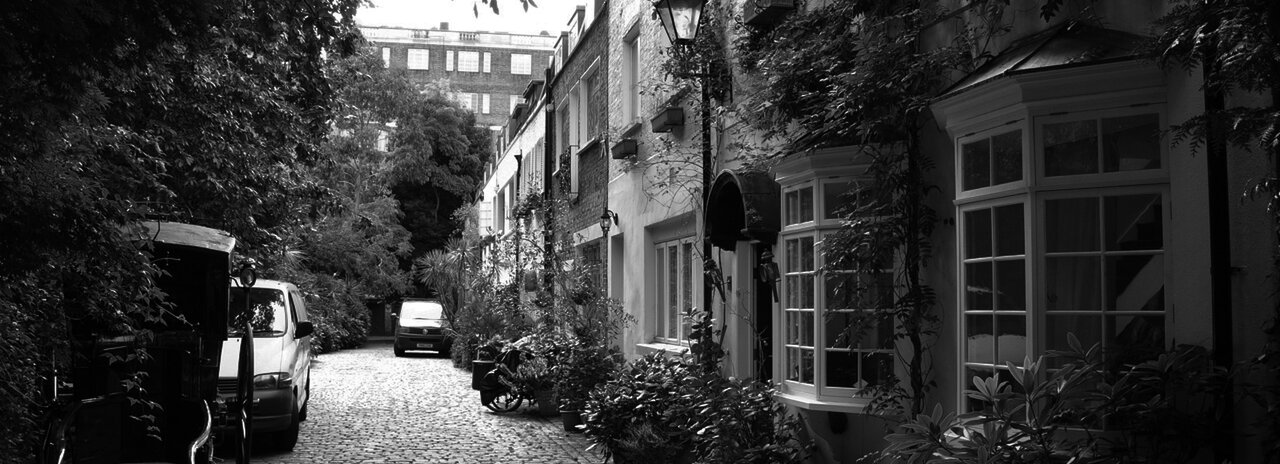Bad debts pose a significant challenge for every business. Staying on top of non-payments is essential for maintaining a healthy cash flow and ensuring the financial stability of a business, but what is the VAT situation if an invoice is not paid?
Credit note or bad debt relief?
The rules for claiming bad debt relief (BDR) on a VAT return and issuing credit notes to customers are very different. When faced with an unpaid invoice, the temptation may be to issue a credit note, as tax relief would be available immediately on the VAT return. In contrast, a BDR claim requires specific conditions to be met.
Credit note
A credit note is issued by a seller to a buyer when:
· there has been an overcharge or billing error;
· goods are returned; or
· a discount has been applied after invoicing.
Issuing a credit note reduces the amount the customer owes and adjusts the VAT returns and accounting records for both parties. However, a credit note cannot be used for BDR. It should only be issued when the original invoice was either incorrect or modified due to a commercial agreement. Importantly, a credit note only has legal status when issued to a customer as they will need the document to support their input tax reduction if they are VAT registered.
Bad debt relief
A bad debt situation occurs when a business has issued an invoice expecting to be fully paid but for some reason the customer does not or has refused to pay.
If the supplier business is VAT registered, BDR can be claimed if the goods have been sent or services provided but no payment made.
To claim BDR, the following conditions must be met for each individual invoice:
· The VAT on the supply must have already been accounted for and paid to HMRC.
· The debt must be written off in the supplier's regular VAT accounts and transferred to a separate bad debt account.
· The value of the supply must not exceed the usual selling price.
· The debt should not have been paid, sold or factored through a valid legal assignment.
· The debt must remain unpaid for at least six months after the later of the payment due date or the supply date. If an invoice does not specify a payment date, the invoice date is used.
If the debt is eventually paid, the supplier business will need to repay the VAT claimed under BDR on its next VAT return.
Is there another option?
The only other time that the original VAT charge can be amended is if a genuine reduction in price occurs after the supplier has already accounted for the output tax on the original supply in a VAT return. A 'Regulation 38' adjustment applies where:
· a genuine price reduction occurs; and
· the supplier issues a refund to the customer.
· the supplier has 14 days to issue a credit note from the time the decrease occurs;
· the supplier must account for the decrease in the VAT period in which it takes place;
· a VAT-registered customer must reduce the amount of VAT it has claimed by the same amount; and
· where a 'Regulation 38' adjustment is made -credit notes can be issued before refunds are made, but must be issued no later than 14 days after payment.

